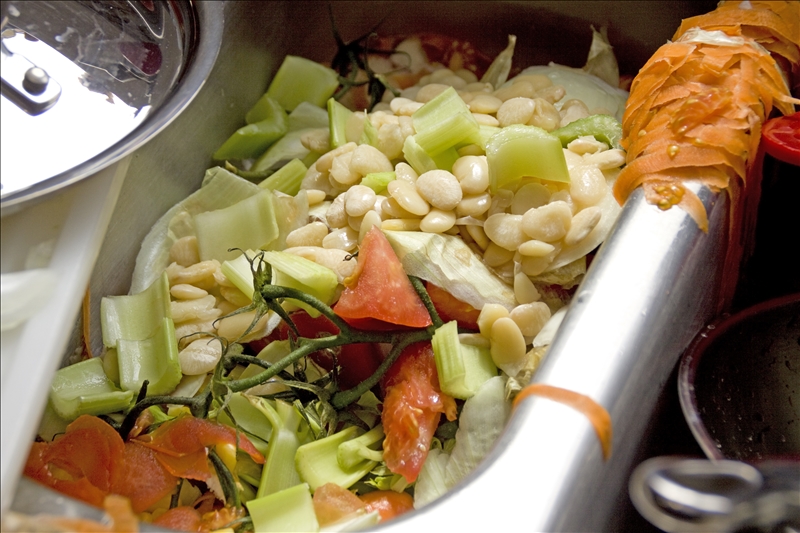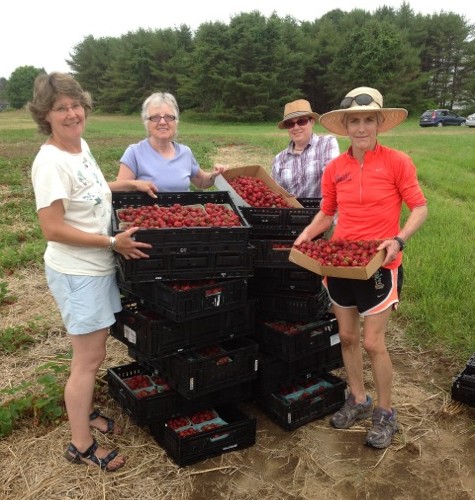Did you know that, according to the US Department of agriculture, 31% of all our food (1,249 calories per person per day) ends up in a dumpster or down the disposal? Just think about the good that food could do for some folks. In this first of a two-part series, we take a look at our state’s hunger issue, and what we can do to start helping.
Hunger in Maine
Being hungry isn’t something that is immediately obvious to others, but in fact, most of us probably know someone who is food insecure. It might be your elderly neighbor, or some of the kids in your child’s class at school. In Maine, one in four children are defined as food insecure. These children live in households that are forced to choose between purchasing healthy nutritious food and paying the rent, medical bills, or heat. Given our current economy it’s no surprise that a growing number of middle class families in Maine face the challenges of food insecurity everyday. Our older citizens are at risk, too. A recent report from the AARP on hunger in the US ranked Maine as number one among New England states for food insecurity. That’s a distinction we don’t want. The Census Bureau reports that 12.5% of Mainers live at the poverty level—that’s less than $12,000 a year. Nearly 20% of Mainers have access to and make use of food stamps, but a startling 35% of Maine’s total population earn slightly more than the qualifying income for the SNAP program (previously known as food stamps), rendering them even more vulnerable to food insecurity.
Hunger misconceptions
There are many misconceptions about who is hungry. One of these is that people seeking food assistance are not working. In fact, among SNAP households with at least one working-age, non-disabled adult, more than half work while receiving SNAP—and more than 80 percent work in the year prior to or the year after receiving SNAP. Another misconception: that assistance programs such as SNAP are abused and full of fraud. The truth is that they are very closely monitored across the country and fraud within SNAP is at an all time low (less than 1% of SNAP benefits are sold for cash, and the error rate for payments is less than 3%).
On a national level, hunger costs us 130.5 billion dollars. In fact, it costs us more to ignore hunger than it does to end it. A lack of nutritious foods adds up in the ways of: diabetes, heart disease, and obesity—all of which are preventable diseases. We’ll cover these topics in the next installment of this series.
Things you can do
There is NO reason for people within our state to be hungry. We DO have enough food for everyone. So, how can we help our neighbors? We can help by donating our time at soup kitchens, food pantries, and Meals on Wheels. We can run or contribute to nutrient-dense food drives, and educate ourselves on the most needed products at pantries that also provide the most nutrients. We can donate our money. Did you know that $0.17 buys ONE POUND of food if bought through our statewide distributors such as the Good Shepherd Food Bank? As you can see, food drives are wonderful, but cash goes further. Other great programs include Mainers Feeding Mainers (a program of the Good Shepherd Food Bank), Harvest for Hunger (a program of the University of Maine Cooperative Extension, which distributes fresh produce), Hunters for the Hungry (a cooperative program of the Dept. of Inland Fisheries and Wildlife and the Emergency Food Assistance Program) and countless other local programs in communities around the state. Most importantly, we can advocate by contacting our elected officials and telling them that ending hunger in our state is important to us.
The next article in our series answers the question: Hunger and Obesity: how is this possible?
This post was written by Kristine Kittridge, MS, RD, LD and Nicole Nadeau, Dietetic Technology student.
Courtesy of the Maine Academy of Nutrition and Dietetics.



[…] says it was hard not to become interested in agriculture. Her eyes were also opened to the issue of food insecurity. ”While I was still a student,” she says, “I started working with some local […]